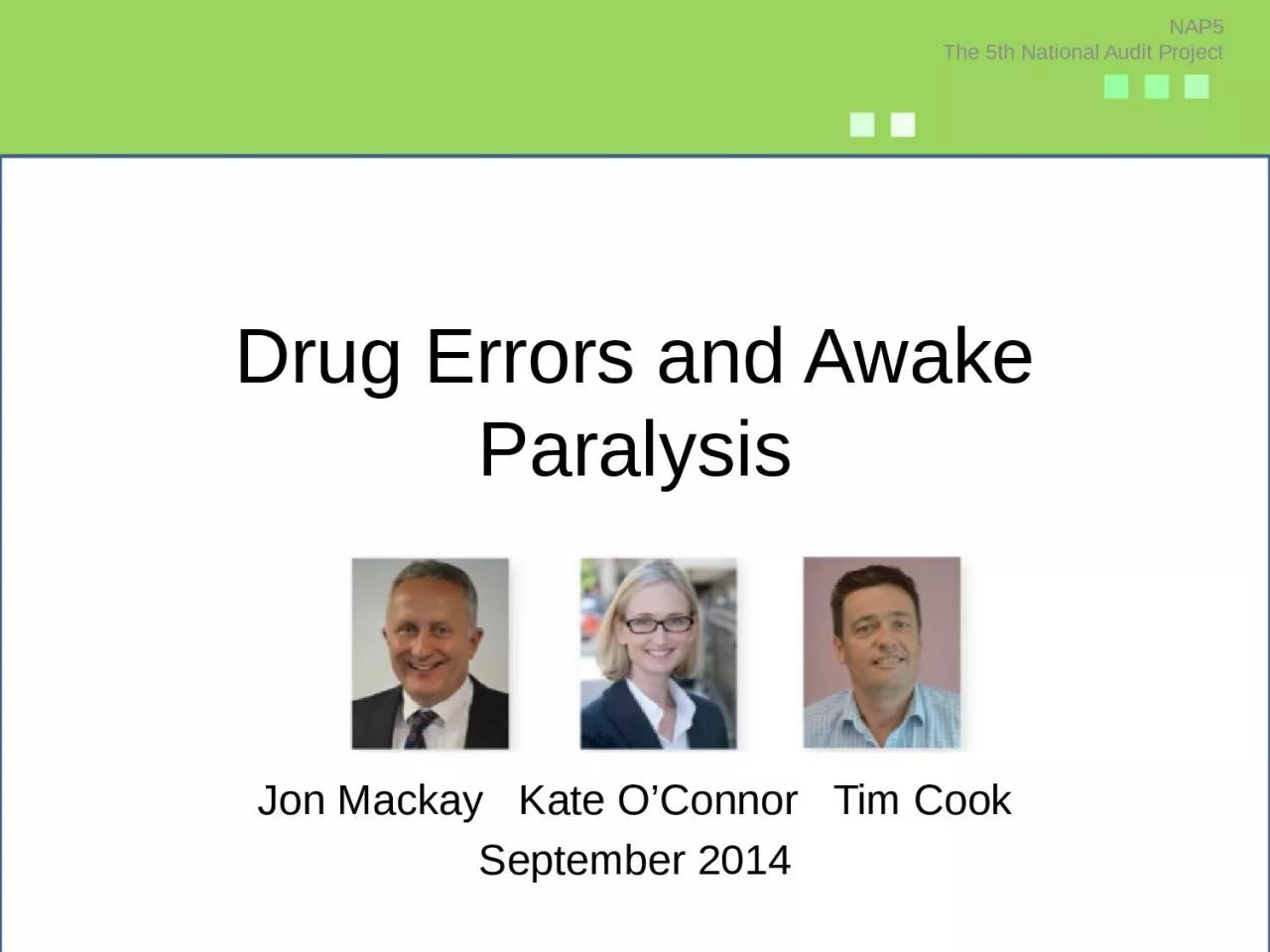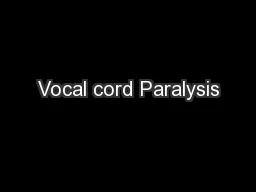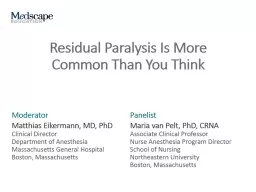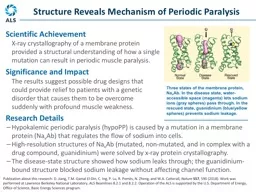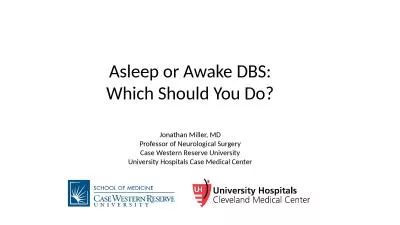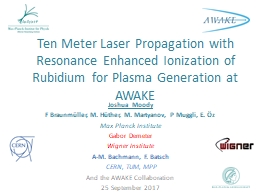PPT-Drug Errors and Awake Paralysis
Author : margaret | Published Date : 2023-07-23
Jon Mackay Kate OConnor Tim Cook September 2014 NAP5 The 5th National Audit Project Learning Objectives Incidence and causes of drug errors
Presentation Embed Code
Download Presentation
Download Presentation The PPT/PDF document "Drug Errors and Awake Paralysis" is the property of its rightful owner. Permission is granted to download and print the materials on this website for personal, non-commercial use only, and to display it on your personal computer provided you do not modify the materials and that you retain all copyright notices contained in the materials. By downloading content from our website, you accept the terms of this agreement.
Drug Errors and Awake Paralysis: Transcript
Download Rules Of Document
"Drug Errors and Awake Paralysis"The content belongs to its owner. You may download and print it for personal use, without modification, and keep all copyright notices. By downloading, you agree to these terms.
Related Documents

